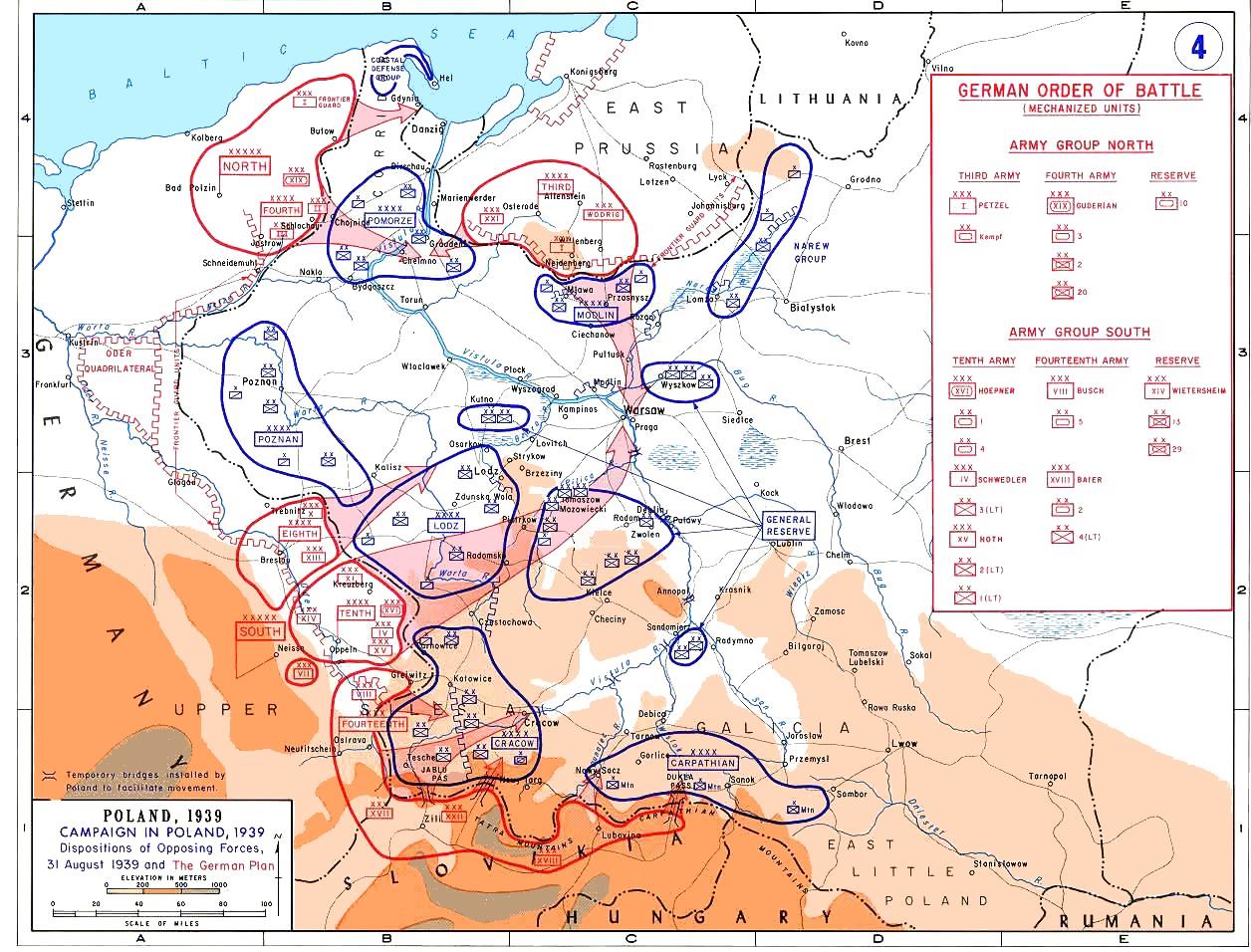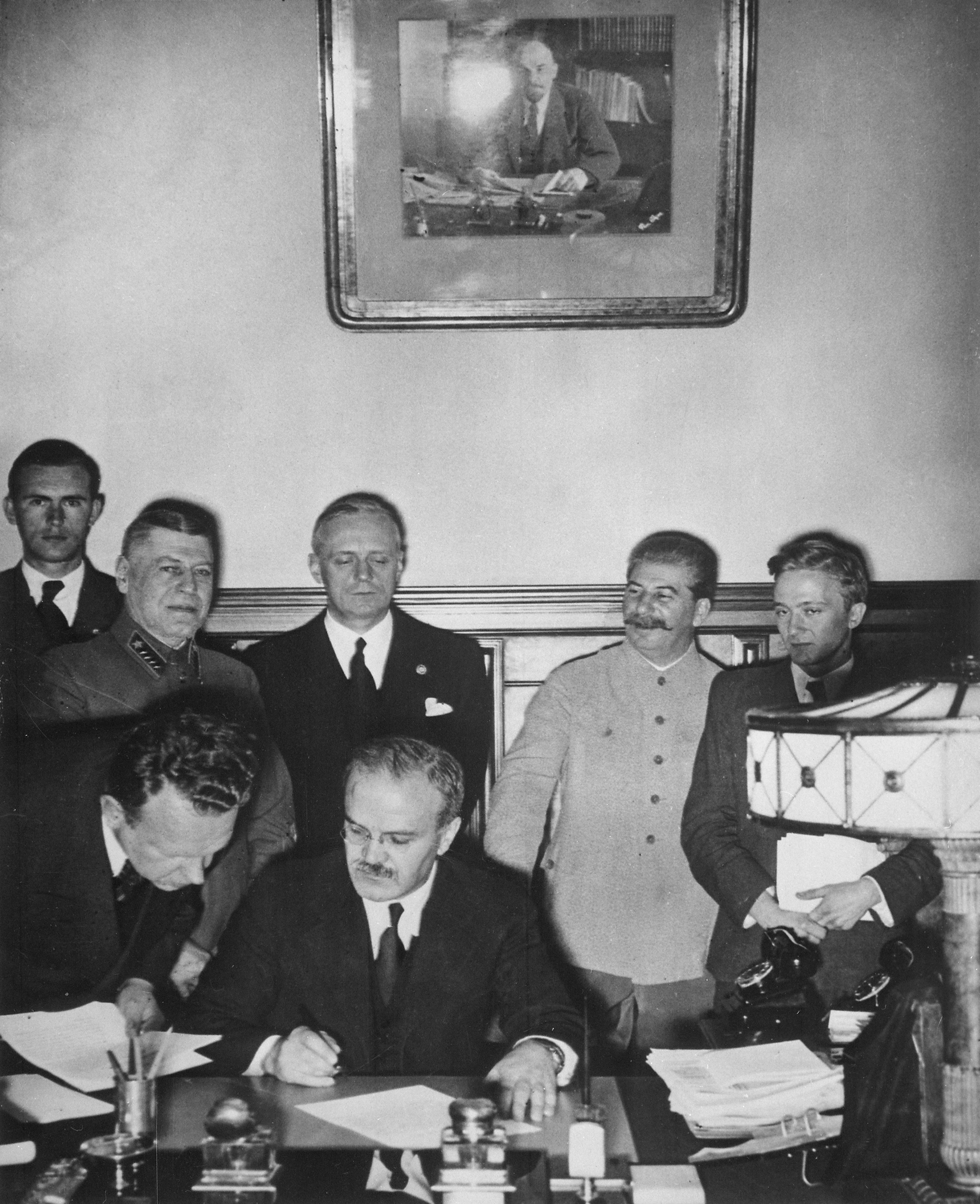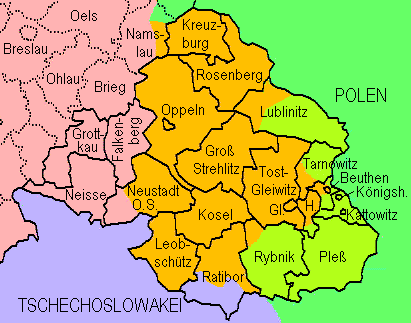|
Henryk Sławik
Henryk Sławik (16 July 1894 – 23 August 1944) was a Polish politician in the interwar period, social worker, activist, and diplomat, who during World War II helped save over 30,000 Polish refugees, including 5,000 Polish Jews in Budapest, Hungary, by giving them false Polish passports with Catholic designation. He was executed with some of his fellow Polish activists on order of Reichsführer SS in concentration camp Gusen on 23 August 1944. Life Henryk Sławik was born 16 July 1894 in ''Timmendorf'' (now Szeroka, a part of Jastrzębie-Zdrój), into an impoverished Polish Silesian family as one of its 5 children. He was sent by his mother to an academic secondary school. After graduation, Sławik left his hometown for Pszczyna where he was drafted to the army during World War I. Released from internment in 1918, he joined the Polish Socialist Party in Upper Silesia and went to Warsaw for additional training. He took active part in the Silesian Plebiscite as one of its orga ... [...More Info...] [...Related Items...] OR: [Wikipedia] [Google] [Baidu] [Amazon] |
Szeroka
Szeroka () is a sołectwo of Jastrzębie-Zdrój, Silesian Voivodeship, southern Poland. It was an independent village but became administratively part of Jastrzębie-Zdrój in 1975. It has na area of 1026.64 ha and on December 31, 2012 it had 2,325 inhabitants. History The village was first mentioned in a Latin document of Roman Catholic Archdiocese of Wrocław, Diocese of Wrocław called ''Liber fundationis episcopatus Vratislaviensis'' from around 1305 as ''item in Syroka et in Gogołowa, Gogolow debent esse LIII) mansi''. The creation of the village was a part of a larger settlement campaign taking place in the late 13th century on the territory of what would later be known as Upper Silesia. In 1321 appears the German name of the village, ''Tymendorf'', which eventually evolved into ''Timmendorf''. A Catholic parish was established in the early years of the village. It was mentioned in the register of Peter's Pence payment from 1447 among the parishes of Żory Deanery as ''T ... [...More Info...] [...Related Items...] OR: [Wikipedia] [Google] [Baidu] [Amazon] |
Catholic
The Catholic Church (), also known as the Roman Catholic Church, is the List of Christian denominations by number of members, largest Christian church, with 1.27 to 1.41 billion baptized Catholics Catholic Church by country, worldwide as of 2025. It is among the world's oldest and largest international institutions and has played a prominent role in the history and development of Western civilization.Gerald O'Collins, O'Collins, p. v (preface). The church consists of 24 Catholic particular churches and liturgical rites#Churches, ''sui iuris'' (autonomous) churches, including the Latin Church and 23 Eastern Catholic Churches, which comprise almost 3,500 dioceses and Eparchy, eparchies List of Catholic dioceses (structured view), around the world, each overseen by one or more Bishops in the Catholic Church, bishops. The pope, who is the bishop of Rome, is the Papal supremacy, chief pastor of the church. The core beliefs of Catholicism are found in the Nicene Creed. The ... [...More Info...] [...Related Items...] OR: [Wikipedia] [Google] [Baidu] [Amazon] |
Kraków Army
Kraków Army () was one of the List of Polish armies, Polish armies which took part in the Invasion of Poland (1939), Polish Defensive War of 1939. It was officially created on March 23, 1939 as the main pivot of Polish defence. It was commanded by Gen. Antoni Szylling. Originally, Kraków Army was to be made of seven infantry divisions, two cavalry brigades and one mountain brigade. On September 1, 1939, General Szylling had the force which consisted of five infantry divisions, two cavalry brigades and one brigade of mountain infantry. Altogether, the army was made of 59 battalions, 29 squadrons, 352 cannons, 90 tanks, two armoured trains and 44 planes. These forces were not enough to halt German advance, especially in the area north of Częstochowa, where Kraków Army connected with Łódź Army. Main thrust of Wehrmacht panzer units was directed there, and this area was defended only by the Polish 7th I.D., which was destroyed in the early days of September 1939, opening the way t ... [...More Info...] [...Related Items...] OR: [Wikipedia] [Google] [Baidu] [Amazon] |
Invasion Of Poland
The invasion of Poland, also known as the September Campaign, Polish Campaign, and Polish Defensive War of 1939 (1 September – 6 October 1939), was a joint attack on the Second Polish Republic, Republic of Poland by Nazi Germany, the Slovak Republic (1939–1945), Slovak Republic, and the Soviet Union, which marked the beginning of World War II. The German invasion began on 1 September 1939, one week after the signing of the Molotov–Ribbentrop Pact between Germany and the Soviet Union, and one day after the Supreme Soviet of the Soviet Union had approved the pact. The Soviet invasion of Poland, Soviets invaded Poland on 17 September. The campaign ended on 6 October with Germany and the Soviet Union dividing and annexing the whole of Poland under the terms of the German–Soviet Frontier Treaty. The aim of the invasion was to disestablish Poland as a sovereign country, with its citizens destined for The Holocaust, extermination. German and Field Army Bernolák, Slovak forces ... [...More Info...] [...Related Items...] OR: [Wikipedia] [Google] [Baidu] [Amazon] |
Zagłębie Dąbrowskie
Zagłębie in Polish means coalfield. It can refer to: * Górnośląskie Zagłębie Węglowe, a mining region * Zagłębie Dąbrowskie, a mining region * Zagłębie Sosnowiec, an association football club * Zagłębie Lubin, an association football club * Zagłębie Wałbrzych, an association football club * Zagłębie Steelers, a Polish club of American football * KH Zagłębie Sosnowiec an ice hockey club * MKS Zagłębie Lubin, a women's handball team {{disamb, geo ... [...More Info...] [...Related Items...] OR: [Wikipedia] [Google] [Baidu] [Amazon] |
Sanacja
Sanation (, ) was a Polish political movement that emerged in the interwar period, prior to Józef Piłsudski's May Coup (Poland), May 1926 ''Coup d'État'', and gained influence following the coup. In 1928, its political activists went on to form the Nonpartisan Bloc for Cooperation with the Government (''BBWR''). The Sanation movement took its name from Piłsudski's goal of a moral ":wiktionary:sanation, sanation" (healing) of the Polish body politic. The movement functioned cohesively until Piłsudski's death in 1935. Following his death, Sanation fragmented into several factions, including "the Castle" (President Ignacy Mościcki and his supporters)."''Sanacja''," ''Encyklopedia Polski'', p. 601. Sanation, which supported Authoritarianism, authoritarian rule, was led by a circle of Piłsudski's close associates, including Walery Sławek, Aleksander Prystor, Kazimierz Świtalski, Janusz Jędrzejewicz, Adam Koc, Józef Beck, Tadeusz Hołówko, :pl:Bogusław Miedziński, Bogus ... [...More Info...] [...Related Items...] OR: [Wikipedia] [Google] [Baidu] [Amazon] |
Editor-in-chief
An editor-in-chief (EIC), also known as lead editor or chief editor, is a publication's editorial leader who has final responsibility for its operations and policies. The editor-in-chief heads all departments of the organization and is held accountable for delegating tasks to staff members and managing them. The term is often used at newspapers, magazines, yearbooks, and television news programs. The editor-in-chief is commonly the link between the publisher or proprietor and the editorial staff. Responsibilities Typical responsibilities of editors-in-chief include: * Ensuring that content is journalistically objective * Fact-checking, spelling, grammar, writing style, page design and photos * Rejecting writing that appears to be plagiarized, ghostwritten, published elsewhere, or of little interest to readers * Evaluating and editing content * Contributing editorial pieces * Motivating and developing editorial staff * Ensuring the final draft is complete * Handling reader compl ... [...More Info...] [...Related Items...] OR: [Wikipedia] [Google] [Baidu] [Amazon] |
Silesian Plebiscite
The Upper Silesia plebiscite was a plebiscite mandated by the Versailles Treaty and carried out on 20 March 1921 to determine ownership of the province of Upper Silesia between Weimar Germany and the Second Polish Republic. The region was ethnically mixed with both Germans and Poles. According to prewar statistics, ethnic Poles formed 60 percent of the population. Under the previous rule by the German Empire, Poles claimed they had faced discrimination and had been effectively second-class citizens. The period of the plebiscite campaign and the Allied occupation was marked by violence. Three Polish uprisings occurred, and German volunteer paramilitary units came to the region. The area was policed by French, British and Italian troops and overseen by an Interallied Commission. The Allies planned a partition of the region, but a Polish insurgency took control of over half the area. The Germans responded with the Freikorps, volunteer paramilitary units from all over Germany tha ... [...More Info...] [...Related Items...] OR: [Wikipedia] [Google] [Baidu] [Amazon] |
Upper Silesia
Upper Silesia ( ; ; ; ; Silesian German: ; ) is the southeastern part of the historical and geographical region of Silesia, located today mostly in Poland, with small parts in the Czech Republic. The area is predominantly known for its heavy industry (mining and metallurgy). Geography Upper Silesia is situated on the upper Oder River, north of the Eastern Sudetes mountain range and the Moravian Gate, which form the southern border with the historic Moravia region. Within the adjacent Silesian Beskids to the east, the Vistula River rises and turns eastwards, the Biała and Przemsza tributaries mark the eastern border with Lesser Poland. In the north, Upper Silesia borders on Greater Poland, and in the west on the Lower Silesian lands (the adjacent region around Wrocław also referred to as Middle Silesia). It is currently split into a larger Polish and the smaller Czech Silesian part, which is located within the Czech regions of Moravia-Silesia and Olomouc. The P ... [...More Info...] [...Related Items...] OR: [Wikipedia] [Google] [Baidu] [Amazon] |
Polish Socialist Party
The Polish Socialist Party (, PPS) is a democratic socialist political party in Poland. It was one of the most significant parties in Poland from its founding in 1892 until its forced merger with the communist Polish Workers' Party to form the Polish United Workers' Party in 1948. Józef Piłsudski, founder of the Second Polish Republic, was a member of and later led the PPS in the early 20th century. The party was re-established in 1987, near the end of the Polish People's Republic. However, it remained on the margins of Polish politics until 2019, when it won a seat in the Senate of Poland. History The Polish Socialist Party (PPS) was founded in Paris in 1892, during the period known as the Great Emigration. In 1893, a faction called the Social Democracy of the Kingdom of Poland and Lithuania (SDKPiL) split from the PPS. The PPS focused more on nationalism and Polish independence, while the SDKPiL adopted a far-left (Marxist), internationalist stance. In November 1892, ... [...More Info...] [...Related Items...] OR: [Wikipedia] [Google] [Baidu] [Amazon] |
Pszczyna
Pszczyna (, ) is a town in Silesia Province in Poland, with a population of 25,823 (2019), and is the seat of a local gmina (commune) and district. It was previously part of Katowice Province from 1975 until 1998 administrative reforms. Etymology There are several different theories of the origins of the name ''Pszczyna''. Ezechiel Zivier (1868–1925) hypothesized that the land was first owned by Pleszko (alternatively Leszko, or possibly Leszek, Duke of Racibórz). Polish scholar Aleksander Brückner in turn explained the name based on its old spelling ''Plszczyna'', from the ancient Polish word ''pło'' or ''pleso'' meaning a lake, making ''Plszczyna'' a place by a lake. Brückner's derivation, suggesting a marshy lakeside, based on Proto-Slavic ''plszczyna'', is generally accepted in literature. Yet another explanation has been put forward by Prof. Jan Miodek of Wrocław University, who derives the town's name from the name of a nearby river, now known as Pszczynka. Miodek ... [...More Info...] [...Related Items...] OR: [Wikipedia] [Google] [Baidu] [Amazon] |
Gymnasium (school)
''Gymnasium'' (and Gymnasium (school)#By country, variations of the word) is a term in various European languages for a secondary school that prepares students for higher education at a university. It is comparable to the US English term ''University-preparatory school, preparatory high school'' or the British term ''grammar school''. Before the 20th century, the gymnasium system was a widespread feature of educational systems throughout many European countries. The word (), from Greek () 'naked' or 'nude', was first used in Ancient Greece, in the sense of a place for both physical and intellectual education of young men. The latter meaning of a place of intellectual education persisted in many European languages (including Albanian language, Albanian, Bulgarian language, Bulgarian, Czech language, Czech, Dutch language, Dutch, Estonian language, Estonian, Greek language, Greek, German language, German, Hungarian language, Hungarian, Macedonian language, Macedonian, Montene ... [...More Info...] [...Related Items...] OR: [Wikipedia] [Google] [Baidu] [Amazon] |






